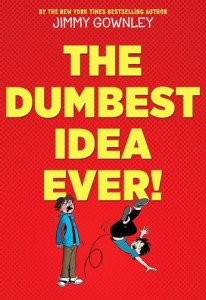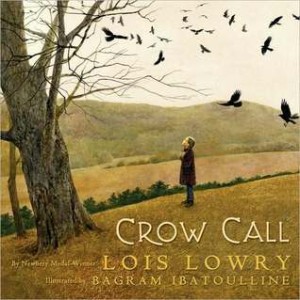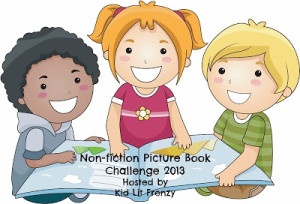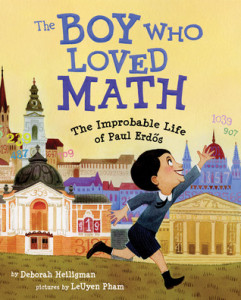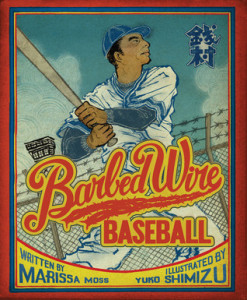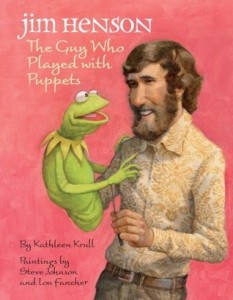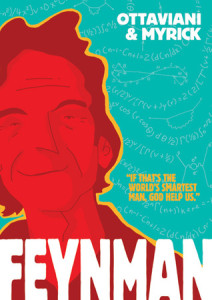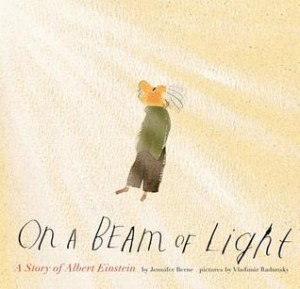The Dumbest Idea Ever!
Author and Illustrator: Jimmy Gownley
Expected Publication February 25th, 2014 by GRAPHIX
Goodreads Summary: Jimmy Gownley’s graphic novel memoir about the “dumb” idea that changed his life forever!
What if the dumbest idea ever turned your life upside down?
At thirteen, Jimmy was popular, at the top of his class, and the leading scorer on his basketball team. But all that changed when chicken pox forced him to miss the championship game. Things went from bad to worse when he got pneumonia and missed even more school. Before Jimmy knew it, his grades were sinking and nothing seemed to be going right.
How did Jimmy turn things around, get back on top at school, and land a date with the cutest girl in class?
Renowned comics creator Jimmy Gownley shares his adventures as he grows from an eager-to-please boy into a teenage comic book artist. This is the real-life story of how the DUMBEST idea ever became the BEST thing that ever happened to him.
My Review: I own many of the Amelia Rules series, but I had not read them before; however, when I got Jimmy Gownley’s memoir graphic novel, I knew I had to read it. I am always looking for ways to get my students to read more nonfiction and a graphic novel autobiography (like Smile) is definitely one of the ways to get them more interested in nonfiction. And, like Smile, Jimmy’s story is one that students will definitely connect with and, hopefully, enjoy. It deals with not only Jimmy’s journey of writing his graphic novel but also many the transition to high school and first love.
Teacher’s Tools for Navigation: This book will be a definite motivator for students and really shares that a teen can do anything. And on top of the message, it is a well-written, funny story that students will enjoy.
I can also see it being used as a mentor text to have students write their own memoir graphic novel. You could use Jarrett Krosoczka’s writing mountain video (http://www.studiojjk.com/booktalks.html) to help write an in-depth story, work on deciding on life moments to write about, and then maybe use http://www.storyboardthat.com/ to story board the story.
Discussion Questions: What circumstances helped make Jimmy write his comic?
We Flagged: “Look at this! There must be dozens of new books here! Hundreds! War comics and humor comics…Horror, crime, sci-fi, romance… and not one of them look appropriate for a kid my age. AWESOME.” (p. 60)
Read This If You Loved: Smile by Raina Telgemeier, Amelia Rules! series by Jimmy Gownley, Zebrafish by Peter H. Reynolds
Recommended For:
